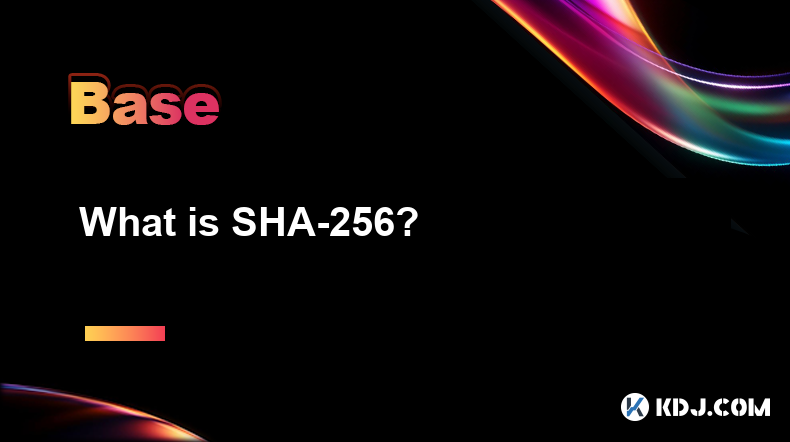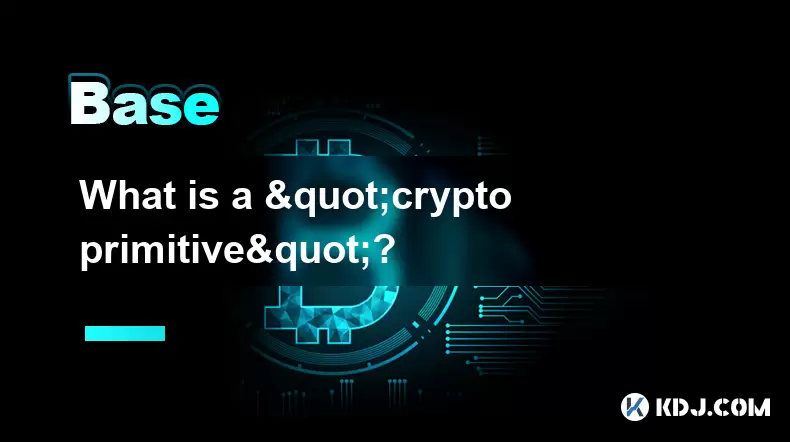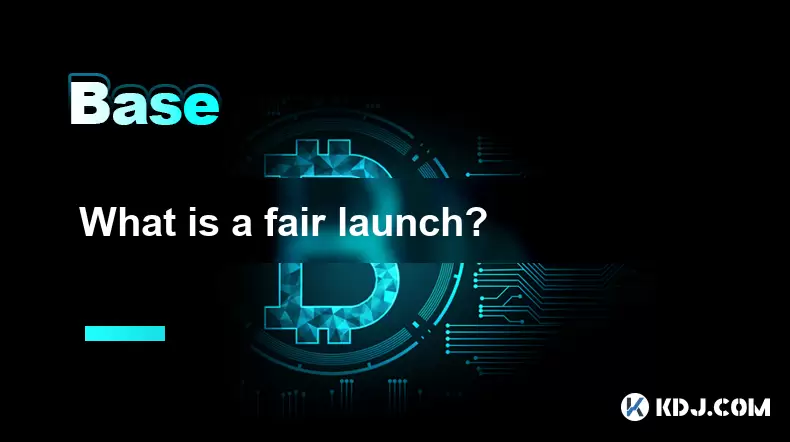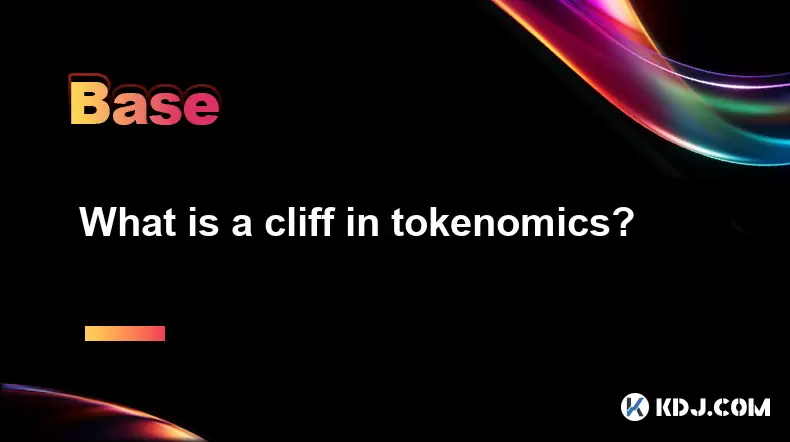-
 Bitcoin
Bitcoin $108,017.2353
-0.81% -
 Ethereum
Ethereum $2,512.4118
-1.58% -
 Tether USDt
Tether USDt $1.0002
-0.03% -
 XRP
XRP $2.2174
-1.03% -
 BNB
BNB $654.8304
-0.79% -
 Solana
Solana $147.9384
-1.76% -
 USDC
USDC $1.0000
-0.01% -
 TRON
TRON $0.2841
-0.76% -
 Dogecoin
Dogecoin $0.1636
-2.09% -
 Cardano
Cardano $0.5726
-1.72% -
 Hyperliquid
Hyperliquid $39.1934
1.09% -
 Sui
Sui $2.9091
-0.59% -
 Bitcoin Cash
Bitcoin Cash $482.1305
0.00% -
 Chainlink
Chainlink $13.1729
-1.54% -
 UNUS SED LEO
UNUS SED LEO $9.0243
-0.18% -
 Avalanche
Avalanche $17.8018
-1.90% -
 Stellar
Stellar $0.2363
-1.69% -
 Toncoin
Toncoin $2.7388
-3.03% -
 Shiba Inu
Shiba Inu $0.0...01141
-1.71% -
 Litecoin
Litecoin $86.3646
-1.98% -
 Hedera
Hedera $0.1546
-0.80% -
 Monero
Monero $311.8554
-1.96% -
 Dai
Dai $1.0000
-0.01% -
 Polkadot
Polkadot $3.3473
-2.69% -
 Ethena USDe
Ethena USDe $1.0001
-0.01% -
 Bitget Token
Bitget Token $4.3982
-1.56% -
 Uniswap
Uniswap $6.9541
-5.35% -
 Aave
Aave $271.7716
0.96% -
 Pepe
Pepe $0.0...09662
-1.44% -
 Pi
Pi $0.4609
-4.93%
What is SHA-256?
SHA-256, a 256-bit hash function, secures Bitcoin transactions and blockchain integrity through its use in mining and verification processes.
Apr 07, 2025 at 11:15 pm

What is SHA-256?
SHA-256, or Secure Hash Algorithm 256-bit, is a cryptographic hash function that is part of the SHA-2 family of hash functions. It is widely used in the cryptocurrency world, particularly in Bitcoin and other blockchain technologies, for securing data and ensuring the integrity of transactions. This article will delve into the specifics of SHA-256, its applications in cryptocurrencies, and how it works.
The Basics of SHA-256
SHA-256 is designed to take an input, or 'message', and produce a fixed-size 256-bit (32-byte) hash value, typically rendered as a hexadecimal number, 64 digits long. The primary purpose of a hash function like SHA-256 is to ensure that even a small change in the input results in a significantly different output. This property is known as the avalanche effect.
The algorithm processes the input data in 512-bit blocks, and it uses a series of logical functions and bitwise operations to transform the data into the final hash value. The process is deterministic, meaning that the same input will always produce the same output, but it is also one-way, meaning it is computationally infeasible to reverse-engineer the original input from the hash.
Applications of SHA-256 in Cryptocurrencies
In the realm of cryptocurrencies, SHA-256 plays a crucial role in several key areas:
- Bitcoin Mining: Bitcoin uses SHA-256 as the proof-of-work algorithm. Miners compete to find a hash that meets the network's difficulty target, which involves repeatedly hashing the block header until a valid hash is found.
- Transaction Verification: Each transaction in the Bitcoin network is hashed using SHA-256, ensuring that any alteration to the transaction data will result in a different hash, thus maintaining the integrity of the transaction.
- Blockchain Integrity: The blockchain itself is secured by SHA-256, as each block contains the hash of the previous block, creating a chain of hashes that is extremely difficult to alter.
How SHA-256 Works
Understanding how SHA-256 works involves breaking down the process into several steps:
- Pre-processing: The input message is padded to ensure its length is a multiple of 512 bits. This involves adding a '1' bit, followed by as many '0' bits as necessary, and finally appending the original length of the message in bits as a 64-bit big-endian integer.
- Message Schedule: The padded message is divided into 512-bit blocks. Each block is further divided into 16 32-bit words. These words are then expanded into a 64-word message schedule using a series of bitwise operations.
- Hash Computation: The hash computation involves 64 rounds of processing, where each round uses a different set of constants and functions to mix the message schedule with the current hash state. The initial hash value is a set of eight 32-bit words, and after 64 rounds, these values are combined to produce the final 256-bit hash.
Security Features of SHA-256
SHA-256 is designed with several security features that make it suitable for use in cryptocurrencies:
- Collision Resistance: It is computationally infeasible to find two different inputs that produce the same output hash. This ensures that transactions cannot be altered without detection.
- Pre-image Resistance: It is extremely difficult to find an input that produces a specific output hash. This prevents attackers from reverse-engineering transactions.
- Second Pre-image Resistance: Given an input and its hash, it is hard to find another input that produces the same hash. This further enhances the security of the blockchain.
Practical Example of SHA-256 in Bitcoin
To illustrate how SHA-256 is used in Bitcoin, consider the process of mining a block:
- Block Header: The block header contains several pieces of information, including the version, the hash of the previous block, the Merkle root of the transactions, the timestamp, the difficulty target, and the nonce.
- Hashing Process: Miners take the block header and hash it using SHA-256. If the resulting hash does not meet the difficulty target, the miner changes the nonce and tries again. This process is repeated until a valid hash is found.
- Verification: Once a valid hash is found, other nodes on the network can verify the block by hashing the block header themselves and checking if the hash meets the difficulty target.
Implementing SHA-256 in Code
For those interested in seeing SHA-256 in action, here is a simple example using Python:
import hashlibExample input
input_data = "Hello, SHA-256!"
Create a SHA-256 hash object
hash_object = hashlib.sha256()
Update the hash object with the bytes of the input data
hash_object.update(input_data.encode('utf-8'))
Get the hexadecimal representation of the hash
hex_digest = hash_object.hexdigest()
print("SHA-256 Hash:", hex_digest)
This code snippet demonstrates how to use the hashlib library in Python to generate a SHA-256 hash from a given input string.
Frequently Asked Questions
Q: Can SHA-256 be used for other cryptocurrencies besides Bitcoin?
A: Yes, SHA-256 is not exclusive to Bitcoin and can be used in other cryptocurrencies. For example, Bitcoin Cash and Bitcoin SV also use SHA-256 for their proof-of-work algorithms. However, other cryptocurrencies like Ethereum use different hash functions such as Ethash.
Q: Is it possible to decrypt a SHA-256 hash?
A: No, SHA-256 is a one-way hash function, meaning it is designed to be irreversible. It is computationally infeasible to reverse-engineer the original input from the hash output.
Q: How does SHA-256 contribute to the security of a blockchain?
A: SHA-256 contributes to the security of a blockchain by ensuring the integrity of transactions and the immutability of the blockchain. Each block contains the hash of the previous block, creating a chain of hashes that is extremely difficult to alter. Additionally, the use of SHA-256 in proof-of-work algorithms makes it computationally expensive to attempt to alter the blockchain.
Q: Are there any known vulnerabilities in SHA-256?
A: As of now, there are no known practical vulnerabilities in SHA-256. However, like all cryptographic algorithms, it is subject to ongoing research and analysis. The cryptographic community continues to monitor and assess its security, but it remains a robust and widely trusted hash function.
Disclaimer:info@kdj.com
The information provided is not trading advice. kdj.com does not assume any responsibility for any investments made based on the information provided in this article. Cryptocurrencies are highly volatile and it is highly recommended that you invest with caution after thorough research!
If you believe that the content used on this website infringes your copyright, please contact us immediately (info@kdj.com) and we will delete it promptly.
- Chainlink's Bullish Blueprint: Price Prediction and the Harmonic Pattern
- 2025-07-06 06:30:12
- Ruvi AI: The Audited Token Promising ROI That'll Make Your Head Spin
- 2025-07-06 06:30:12
- Ethereum Bull Run: Double the Potential in 2025?
- 2025-07-06 06:50:13
- Ruvi AI, Token, and Dogecoin: The Next Big Thing in Crypto?
- 2025-07-06 06:35:13
- Ethereum: Stability and Adoption Fueling Mainstream Finance
- 2025-07-06 07:10:12
- Meme Coins: Will They Jump Again? A New Yorker's Take on the Investment Craze
- 2025-07-06 06:50:13
Related knowledge

What is a user-generated content (UGC) NFT platform?
Jul 04,2025 at 01:49pm
Understanding the Concept of a UGC NFT PlatformA user-generated content (UGC) NFT platform is a digital marketplace or ecosystem where users can create, mint, and trade non-fungible tokens (NFTs) that represent ownership of original digital content they produce. Unlike traditional NFT platforms where creators often include professional artists or develo...

What is a "crypto primitive"?
Jul 05,2025 at 10:14pm
Defining the Concept of a Crypto PrimitiveIn the context of blockchain and cryptocurrency, a crypto primitive refers to a fundamental building block or foundational element used in constructing decentralized systems and cryptographic protocols. These primitives are essential for enabling secure transactions, consensus mechanisms, and smart contract exec...

What is a fair launch?
Jul 05,2025 at 07:31pm
Understanding the Concept of a Fair LaunchA fair launch refers to the release of a cryptocurrency or blockchain project in a manner that ensures equal opportunity for all participants. Unlike traditional token launches, which may involve private sales, venture capital funding, or pre-mining, a fair launch emphasizes transparency and decentralization. In...

What is a cliff in tokenomics?
Jul 05,2025 at 07:18pm
Understanding the Concept of a Cliff in TokenomicsIn the world of cryptocurrency and blockchain, tokenomics plays a pivotal role in shaping the economic behavior of a digital asset. One of the key mechanisms used to manage token distribution is known as a cliff. This concept is commonly applied in projects that include vesting schedules for tokens, espe...

What is a token generation event (TGE)?
Jul 04,2025 at 07:14am
Understanding the Basics of a Token Generation Event (TGE)A Token Generation Event (TGE) refers to the process through which a blockchain project creates and distributes its native tokens to investors, participants, or stakeholders. This event is often associated with new cryptocurrency projects launching on platforms like Ethereum, Binance Smart Chain,...

What is a block explorer API?
Jul 04,2025 at 05:07am
Understanding the Role of a Block Explorer APIA block explorer API is a crucial interface that enables developers and users to interact programmatically with blockchain data. Unlike traditional APIs used in web services, a block explorer API specifically provides access to blockchain-related information such as transaction details, wallet balances, bloc...

What is a user-generated content (UGC) NFT platform?
Jul 04,2025 at 01:49pm
Understanding the Concept of a UGC NFT PlatformA user-generated content (UGC) NFT platform is a digital marketplace or ecosystem where users can create, mint, and trade non-fungible tokens (NFTs) that represent ownership of original digital content they produce. Unlike traditional NFT platforms where creators often include professional artists or develo...

What is a "crypto primitive"?
Jul 05,2025 at 10:14pm
Defining the Concept of a Crypto PrimitiveIn the context of blockchain and cryptocurrency, a crypto primitive refers to a fundamental building block or foundational element used in constructing decentralized systems and cryptographic protocols. These primitives are essential for enabling secure transactions, consensus mechanisms, and smart contract exec...

What is a fair launch?
Jul 05,2025 at 07:31pm
Understanding the Concept of a Fair LaunchA fair launch refers to the release of a cryptocurrency or blockchain project in a manner that ensures equal opportunity for all participants. Unlike traditional token launches, which may involve private sales, venture capital funding, or pre-mining, a fair launch emphasizes transparency and decentralization. In...

What is a cliff in tokenomics?
Jul 05,2025 at 07:18pm
Understanding the Concept of a Cliff in TokenomicsIn the world of cryptocurrency and blockchain, tokenomics plays a pivotal role in shaping the economic behavior of a digital asset. One of the key mechanisms used to manage token distribution is known as a cliff. This concept is commonly applied in projects that include vesting schedules for tokens, espe...

What is a token generation event (TGE)?
Jul 04,2025 at 07:14am
Understanding the Basics of a Token Generation Event (TGE)A Token Generation Event (TGE) refers to the process through which a blockchain project creates and distributes its native tokens to investors, participants, or stakeholders. This event is often associated with new cryptocurrency projects launching on platforms like Ethereum, Binance Smart Chain,...

What is a block explorer API?
Jul 04,2025 at 05:07am
Understanding the Role of a Block Explorer APIA block explorer API is a crucial interface that enables developers and users to interact programmatically with blockchain data. Unlike traditional APIs used in web services, a block explorer API specifically provides access to blockchain-related information such as transaction details, wallet balances, bloc...
See all articles

























































































